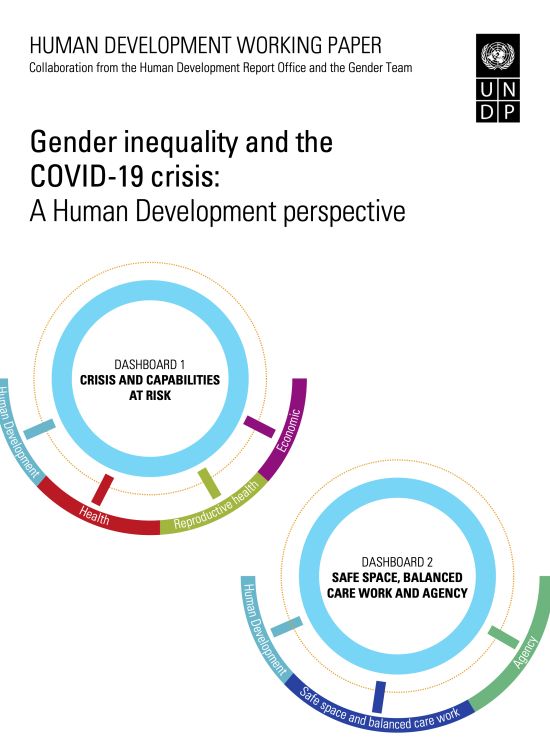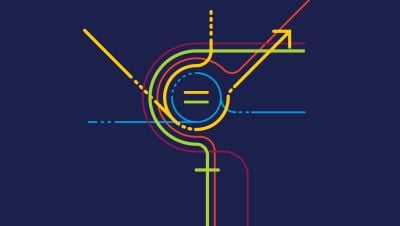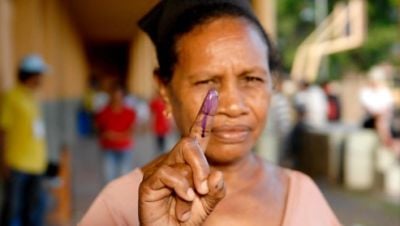Gender Inequality and the COVID-19 Crisis: A Human Development Perspective

UNDP (United Nations Development Programme). 2020. Gender Inequality and the COVID-19 Crisis: A Human Development Perspective. New York.
Gender Inequality and the COVID-19 Crisis: A Human Development Perspective
The COVID-19 crisis is a systemic human development crisis, compounding risks to progress towards gender equality. The pandemic and its consequences hit a world wealthier than ever but facing deep divides in human development. Some of the consequences of COVID-19 have had a greater impact on some countries and groups within countries, as pre-existing horizontal inequalities can magnify the effects of the crisis. Across several social, economic, and political dimensions, women and girls are disproportionately affected by the crisis simply because of their sex. The immediate effects of COVID-19 on gender inequality are already showing themselves in health and education, on the burden of unpaid care work and gender-based violence.
While the COVID-19 crisis affects everyone, women and girls face specific and often disproportionate economic, health, and social risks due to deeply entrenched inequalities, social norms, and unequal power relations. Understanding the gender-differentiated impacts of the COVID-19 crisis through sex-disaggregated data is fundamental to designing policy responses that reduce vulnerable conditions and strengthen women's agency, placing gender equality at their centre. This is not just about rectifying long-standing inequalities but also about building a more just and resilient world.
This paper presents a justification for the selection of indicators for the two dashboards, based on a comprehensive literature review, which give an overview of gender inequalities from the COVID-19 crisis that puts capabilities at risk as well as women's ability to face the effects of the pandemic and economic crisis. The first dashboard covers a set of indicators on capabilities at risk. The second dashboard depicts a series of measures of safe space, balanced care work, and the agency of women and girls.

